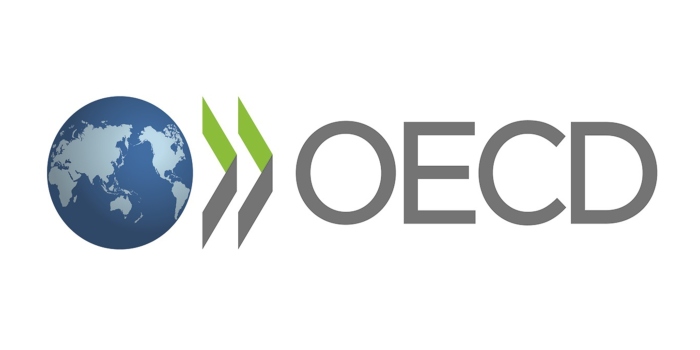Tp qube
As part of the Base Erosion Profit Shifting (BEPS) initiative, the OECD recently proposed a “Unified Approach” aimed notably at tackling issues raised by the taxation of digital companies, and outlined in the “Secretariat Proposal for a Unified Approach under Pillar One”. This proposal was released early October 2019 for public comments.
The proposal is made of a three tier allocation system :
- Amount A – a share of deemed residual profit allocated to market jurisdictions using a formulaic approach, i.e. the new taxing right;
- Amount B – a fixed remuneration for baseline marketing and distribution functions that take place in the market jurisdiction; and
- Amount C – binding and effective dispute prevention and resolution mechanisms relating to all elements of the proposal, including any additional profit where in-country functions exceed the baseline activity compensated under Amount B.
There is a direct link between the determination of the Amount B and the work we do at TP qube, notably as part of our partnership initiated with Transfer Pricing Economists for Development (TPED).
Together with TPED, we prepared a response to the OECD call for comment. Our response aims at assisting the Secretariat in determining the research question that should be framed and answered, for the purpose of the design and determination of Amount B. Our response starts with what we believe should be the key agreed underlying principles and assumptions of the design and determination of Amount B. We then tentatively frame a research question and subsequently suggest a proposed procedure, including statistical tests on empirical data, to answer to the research question.
Our complete response will shortly be made available on the OECD website.


